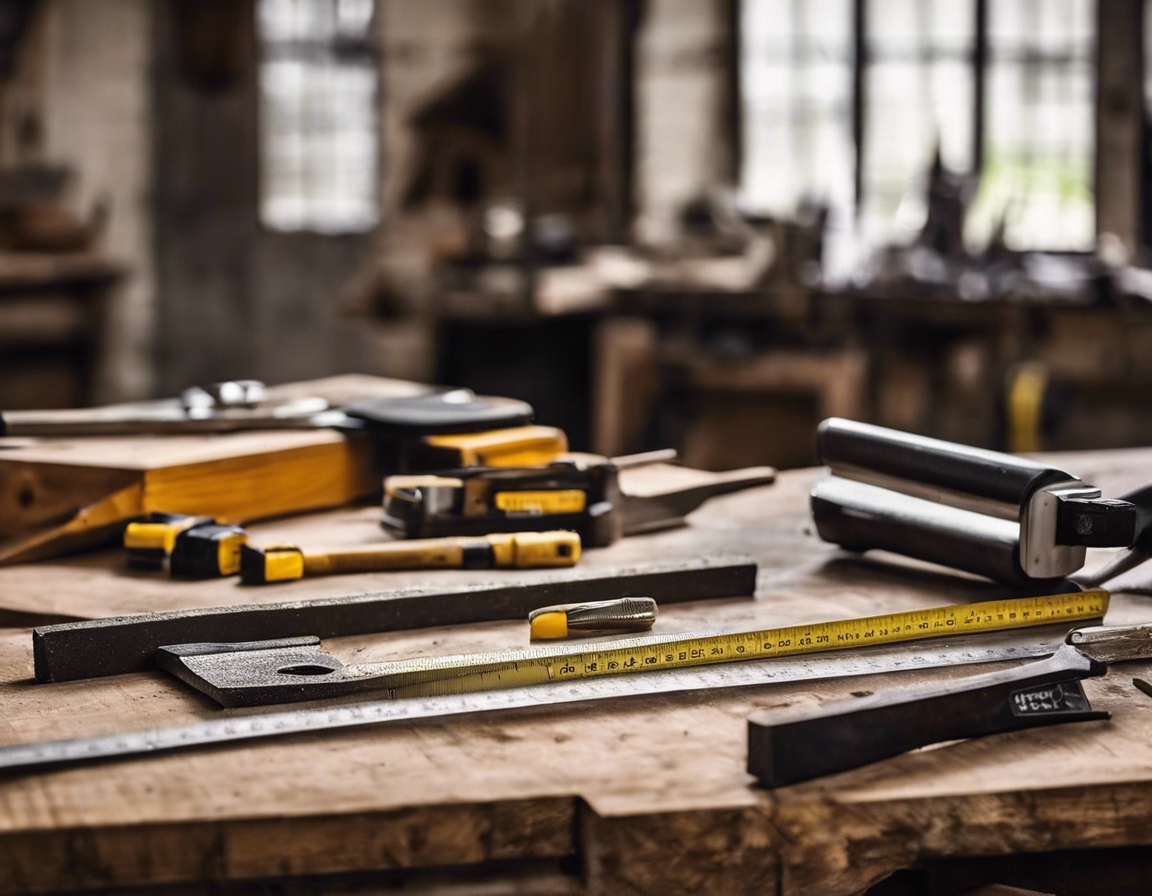The art of blending modern comforts with traditional homestays
Traditional homestays offer a unique charm that often cannot be replicated in modern accommodations. They are steeped in history, rich in cultural significance, and provide a sense of connection to the past. For many, staying in a traditional homestay is an immersive experience that allows for a deeper understanding of the locale's heritage.
As we progress further into the 21st century, the demand for modern comforts within living spaces has become non-negotiable. From high-speed internet to smart home systems, these amenities not only provide convenience but also enhance the quality of life for residents and guests alike.
Strategies for Integrating Modern Conveniences into Traditional Settings
When integrating modern amenities into traditional homes, it is crucial to do so in a way that respects the original architecture and design. This can involve using materials and techniques that complement the historical elements, ensuring that any additions do not overshadow the property's inherent character.
Smart technology can be seamlessly incorporated into traditional homes to provide modern convenience without detracting from the aesthetic. Features such as smart thermostats, lighting, and security systems can be discretely integrated to maintain the home's traditional feel.
Energy-efficient solutions are not only beneficial for the environment but can also be sympathetically integrated into traditional homes. Insulation, solar panels, and energy-efficient appliances can be installed in ways that preserve the visual integrity of the property.
Design Considerations for Blending Old and New
Materials play a significant role in merging the old with the new. Reclaimed wood, natural stone, and traditional plaster can be used alongside modern materials to create a cohesive design that tells a story of the home's evolution.
Color schemes and textiles are another way to blend modernity with tradition. Contemporary colors and patterns can be introduced through accents and decor, complementing rather than clashing with the traditional backdrop.
The selection of furniture and decor is essential in striking the right balance between functionality and aesthetic appeal. Modern pieces with clean lines can sit alongside antique furnishings, creating an eclectic yet harmonious environment.
Case Studies: Successful Blends of Tradition and Modernity
Many farmhouses have been successfully renovated to include high-tech features while preserving their rustic charm. These properties often feature state-of-the-art kitchens, luxurious bathrooms, and home automation systems, all while maintaining their original architectural details.
In urban areas, historic dwellings have been upgraded to offer contemporary comforts. These homes may include modern conveniences such as updated heating and cooling systems, soundproofing, and modernized utilities, all integrated with care to preserve the building's historic character.
Practical Tips for Homeowners and Property Developers
Planning a renovation requires careful consideration of both the property's history and the desired modern amenities. A step-by-step approach ensures that each phase of the renovation is thoughtfully executed, with a focus on quality and preservation.
Selecting the right construction partners, architects, and designers is critical to the success of blending modern comforts with traditional homes. Partners who understand the vision and have experience in this type of work can make all the difference in achieving a seamless integration.
Once the renovation is complete, marketing your modernized traditional homestay is key to attracting the right clientele. Highlighting the unique combination of traditional charm and modern amenities will appeal to those seeking an authentic yet comfortable experience.






Comments (0)